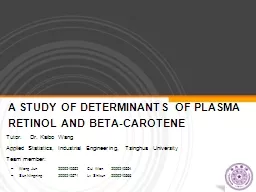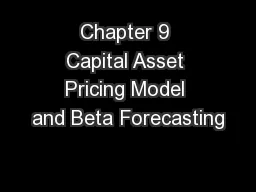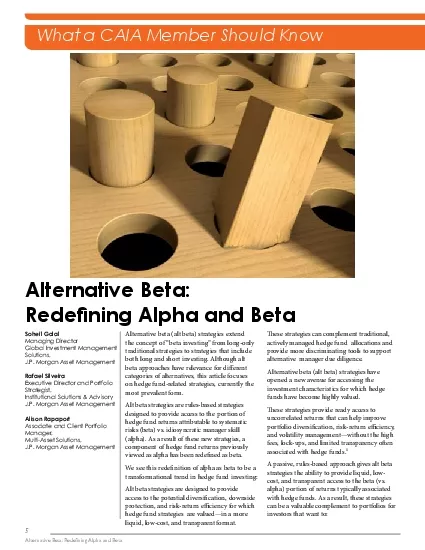PPT-Effect on the Beta-function due to
Author : pasty-toler | Published Date : 2016-04-18
m agnetic fringe fields from the inner triplet quadrupoles Matthew Bryn Thomas Rob Appleby Introduction Magnet Model set up Linear fringe field model Strength profile
Presentation Embed Code
Download Presentation
Download Presentation The PPT/PDF document "Effect on the Beta-function due to" is the property of its rightful owner. Permission is granted to download and print the materials on this website for personal, non-commercial use only, and to display it on your personal computer provided you do not modify the materials and that you retain all copyright notices contained in the materials. By downloading content from our website, you accept the terms of this agreement.
Effect on the Beta-function due to: Transcript
Download Rules Of Document
"Effect on the Beta-function due to"The content belongs to its owner. You may download and print it for personal use, without modification, and keep all copyright notices. By downloading, you agree to these terms.
Related Documents














